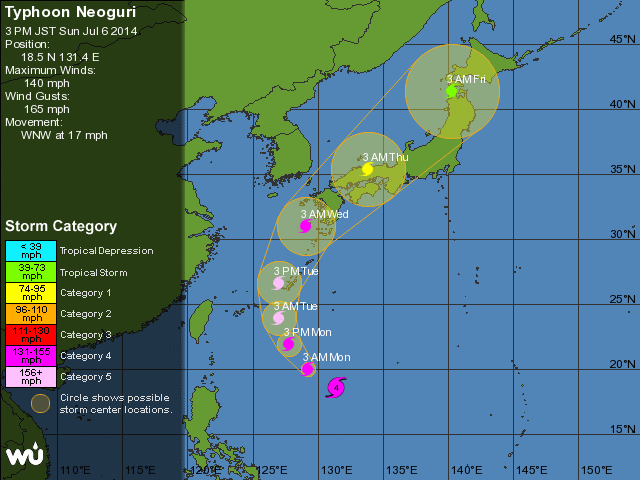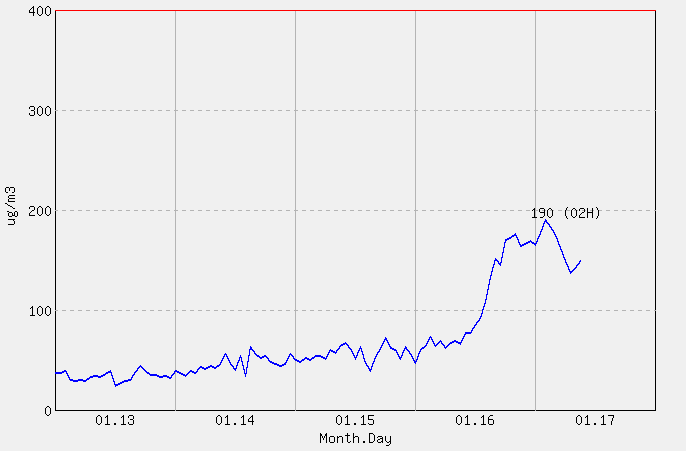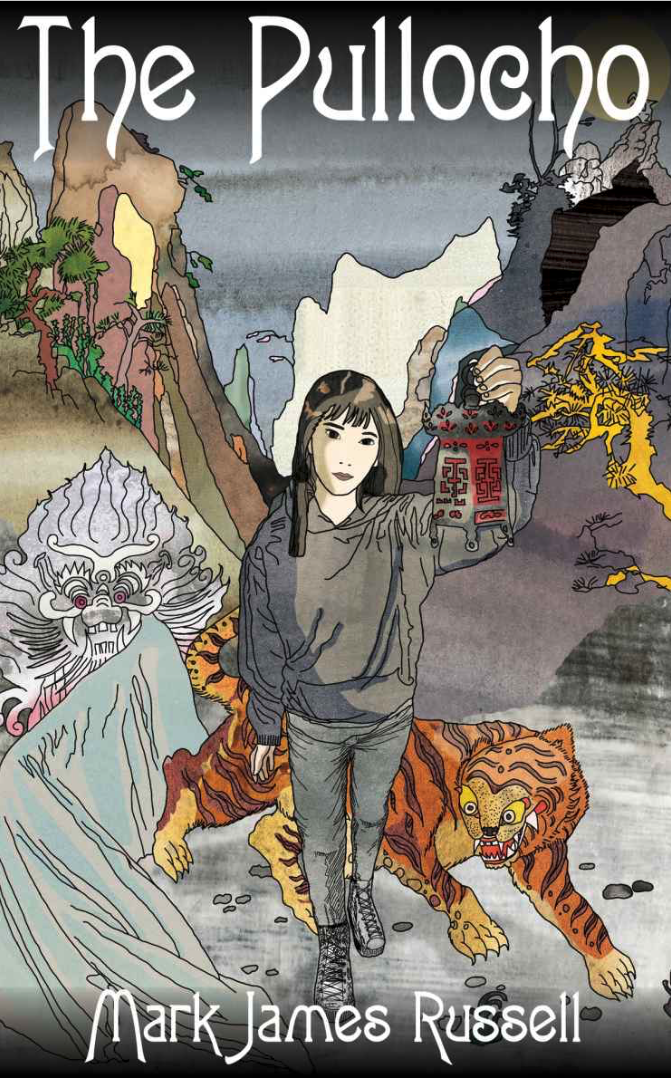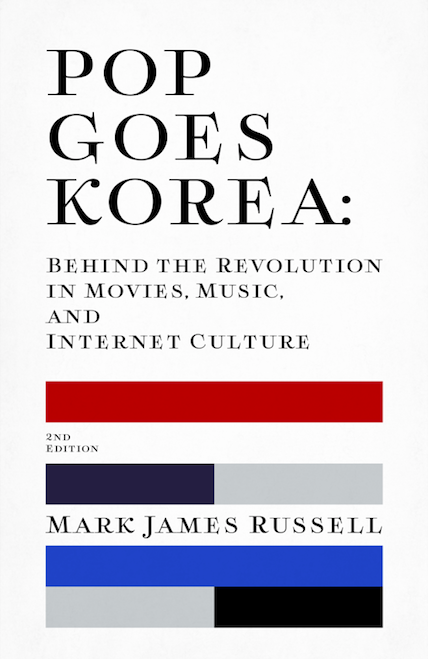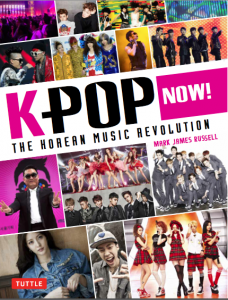As much as I love Korea’s indie music scene, it is always good to be reminded just how much other great music is being made all over Asia. And I don’t just mean Japan and China. Southeast Asia seems to be flourishing culturally these days, thanks in part to its continued economic growth.
If you are interested in Southeast Asia’s rock music, there is a great blog called Sea Indie (SEA Indie?), which features music from Indonesia, the Philippines, Singapore, Malaysia, Thailand, etc. Along with news and reviews, Sea Indie puts out Soundcloud compilations, year-end best-ofs and other good packages for finding the best music of the region. For example, here is their article about the best songs of 2011. Did you know Indonesia had a great folk-rock band called Bangkutaman? Well they do, and the band is quite good.
Here is Sea Indie’s first compilation, featuring rock from Indonesia:
You can download their Filipino collection here and their Malaysian compilation here. But I quite like this regional collection.
The website kind of gets at one of my points in POP GOES KOREA — that Korea’s great musical accomplishments aren’t just because Korea is so special, but they are in part a sign of how the world is changing thanks to the continued effects of globalization. Korea did it first in Asia, but young people around the region are traveling more and growing more wealthy, and as they do, they want to participate in modern pop culture. Sometimes that will be very mainstream culture, but other times it will be more indie and ground-up. And that is a very good thing.
Oh, it is worth noting that this is not just a new thing either. Here is a fun blog post at Tofu Magazine with plenty of music links featuring some great Hong Kong and Singapore rock-pop from the 1960s. I quite liked this album by Teddy Robin & the Playboys:
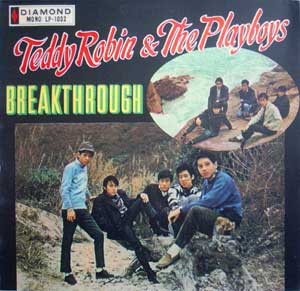
Here is their version of “A Little Bit of Me, A Little Bit of You“.
